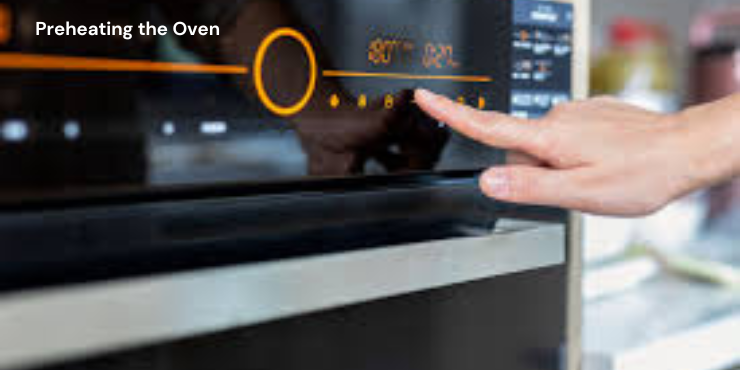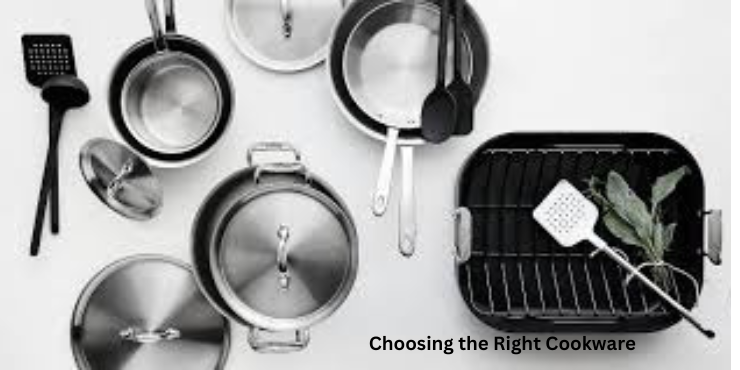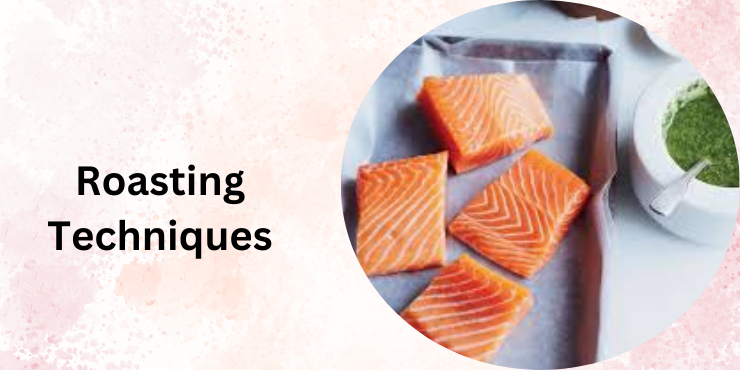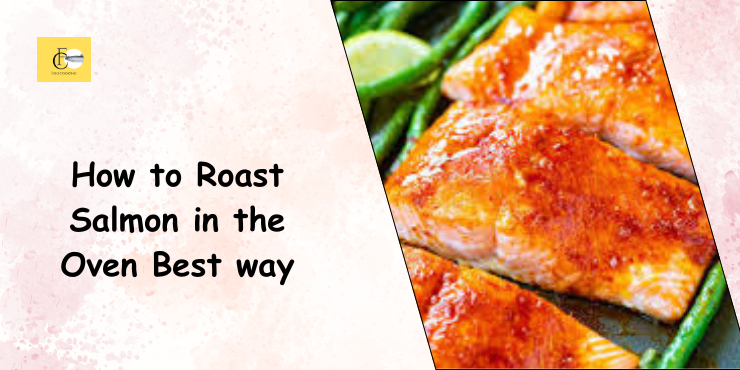Introduction
Roast salmon in the oven is a fantastic way to enjoy this versatile and nutritious fish. Not only does it offer a quick and easy cooking method, but it also locks in flavors and moisture, resulting in a delicious, flaky texture. Whether you’re a seasoned cook or a beginner, mastering the art of oven-roasted salmon can elevate your culinary skills and delight your taste buds.
Selecting the Right Salmon
Choosing the right salmon is the first step towards a perfect roast. There are several types of salmon available, including Atlantic, Sockeye, Coho, and King. Each has its unique flavor and texture, so select one that suits your preference. Fresh salmon is ideal, but if that’s not available, frozen salmon can be just as good if properly thawed.
When buying salmon, look for bright, firm flesh and a fresh, sea-like smell. Avoid salmon with a fishy odor or dull, discolored flesh.
Preparing the Salmon
Before roasting, you’ll need to prepare the salmon. Rinse it under cold water and pat it dry with paper towels. Check for pin bones by running your fingers along the flesh and remove any you find with tweezers. Seasoning is crucial; a simple mix of salt, pepper, and olive oil works wonders, but feel free to get creative with herbs and spices.
Essential Ingredients
For a basic roasted salmon, you’ll need:
- Fresh or frozen salmon fillets
- Olive oil or melted butter
- Salt and pepper
- Lemon slices (optional)
- Fresh herbs like dill or parsley (optional)
Preheating the Oven

Preheat your oven to 400°F (200°C). Preheating ensures that your salmon cooks evenly and develops a nice crust. It usually takes about 10-15 minutes for the oven to reach the desired temperature.
Choosing the Right Cookware

Select a baking dish or sheet that fits your salmon fillets comfortably without overcrowding. Options include glass, ceramic, or metal baking dishes. Each has its pros and cons, but a non-stick baking sheet is often the most convenient.
Roasting Techniques

Simple Roasting Method
Place the seasoned salmon on a baking sheet lined with parchment paper. Roast in the preheated oven for 12-15 minutes, depending on the thickness of the fillets.
Foil-Wrapped Method
Wrap the salmon in foil to lock in moisture. Place the foil packet on a baking sheet and roast for about 15-20 minutes.
Parchment Paper Method
Similar to the foil method, but using parchment paper. This method also steams the fish, keeping it moist and tender.
Cooking Times and Temperature
A general rule of thumb is to roast salmon for 12-15 minutes per inch of thickness at 400°F (200°C). Check for doneness by inserting a fork into the thickest part of the fillet; it should flake easily and be opaque throughout.
Adding Extra Flavor
Enhance your roasted salmon with marinades, citrus slices, or herb blends. For a glaze, mix honey, soy sauce, and garlic, and brush it over the salmon before roasting. Adding lemon slices or fresh dill can also elevate the flavor profile.
Healthy Variations
For those on specific diets, there are plenty of ways to adjust the recipe. Use low-sodium soy sauce for a heart-healthy option, or opt for olive oil instead of butter to keep it keto-friendly. Adding vegetables like asparagus or cherry tomatoes to the baking sheet can make it a complete meal.
Serving Suggestions
Roasted salmon pairs well with a variety of sides. Consider serving it with quinoa, roasted vegetables, or a fresh salad. A chilled glass of Sauvignon Blanc or a light Pinot Noir can complement the dish beautifully.
Common Mistakes to Avoid
Avoid overcooking your salmon, which can make it dry and tough. Undercooking is another pitfall; make sure the salmon is opaque and flakes easily. Using the wrong cookware can also affect the outcome, so choose wisely based on your recipe.
Troubleshooting Tips
If your salmon turns out dry, try adding a bit more oil or butter next time, or reduce the cooking time. If it’s undercooked, you can return it to the oven for a few more minutes. Uneven cooking can be mitigated by choosing fillets of uniform thickness.
Storing Leftovers
Store leftover salmon in an airtight container in the fridge for up to 3 days. Reheat gently in the oven or microwave to avoid drying it out. Leftover salmon can be repurposed into salads, sandwiches, or pasta dishes.
Conclusion
Roasting salmon in the oven is an easy, healthy, and delicious way to enjoy this versatile fish. With the right preparation and techniques, you can create a meal that’s both satisfying and nutritious. So, don’t be afraid to experiment with different flavors and methods to find your perfect roast.
FAQs
How long can I store roasted salmon in the fridge? You can store roasted salmon in the fridge for up to 3 days. Make sure it’s in an airtight container to maintain freshness.
Can I use the same method for other types of fish? Yes, the roasting method can be applied to other fish like cod, halibut, or trout. Just adjust the cooking time based on the thickness of the fillets.
What’s the best way to reheat roasted salmon? Reheat roasted salmon gently in the oven at 275°F (135°C) for about 10-15 minutes, or until warmed through. You can also use the microwave, but be careful to avoid overcooking.
Do I need to remove the skin before roasting? It’s not necessary to remove the skin before roasting. The skin helps keep the fish moist during cooking and can be easily removed after if desired.
Can I roast salmon without any seasoning? While you can roast salmon without seasoning, adding even a simple sprinkle of salt and pepper enhances the flavor significantly. For best results, use at least a minimal amount of seasoning.

